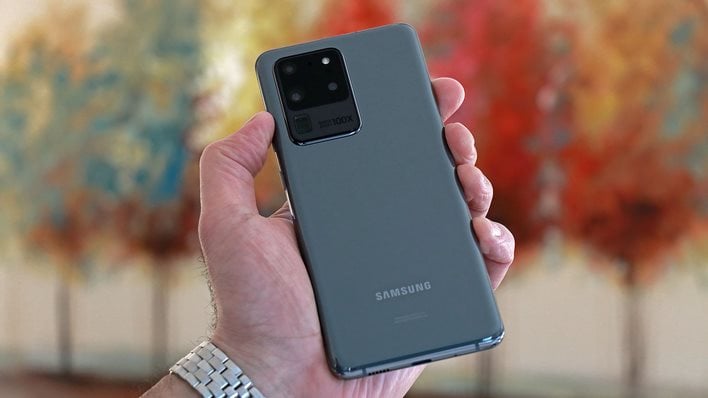Samsung's Latest 50MP Camera Sensor May Fix One Of Galaxy SS0 Ultra's Biggest Problems

However, it's that last spec sheet stat that has caused the most issues for some users. Many have complained about autofocus problems when using 108MP sensor, which uses pixel beginning to combine light information from 9 pixels into a larger "virtual" pixel. While impressive on paper, the 108MP sensor also didn't include Samsung's well-regarded Dual Pixel autofocus system, which might have helped to eliminate the problems that customers have been facing.

In fact, Samsung addressed the autofocus woes in a statement on its support forums, writing:
The S20 Ultra model is equipped with a high-pixel image sensor, which increases the size of the sensor, resulting in a shallow depth of field and a longer focal length of 10cm or more compared to previous Samsung models. Therefore, when shooting a close object, the background may be blurred, or out of focus may occur. The focal length is determined by the lens specifications, making it difficult to correct with software.
Samsung's 1.2-micron 50MP ISOCELL GN1 image sensor
With that in mind, Samsung appears to have a solution in the pipeline, and it is indeed hardware-based. It involves a brand new 50MP image sensor called the ISOCELL GN1. It not only uses Tetracell pixel binning (combining 4 pixels into one), but also Dual Pixel autofocusing. Th 50MP sensor uses 1.2-micron pixels, which are doubled to 2.4 microns when using Tetracell binning.

Samsung claims that these enhancements not only bring faster performance, but improve low-light photography. The default images that the new ISOCELL GN1 will produce will come in at 12.5MP.
"The ISOCELL GN1 is part of that commitment to deliver stunning images to consumers in any environment,” said Yongin Park, who serves as executive VP of sensor business at Samsung Electronics. “We will continue to introduce image sensor solutions at the cutting-edge that will lead the next trends in mobile photography.”
According to Samsung, the ISOCELL GN1 enters mass production this month, which would seemingly make it a perfect fit for the upcoming Galaxy Note 20 family.

